The number of graphics cards tested over the recent period has reached a number after which we can pause a bit and specifically focus on the noise level of their coils. The latter has always been recorded in standard measurements, but in large tests with lots of other information, this unique data was getting lost. That is why it will now, within the scope of this article, be limited to these only. So which of the modern graphics cards has the quieter coils? Read more ““All” graphics cards in in-depth coil whine analysis”
Tag: Radeon
RDNA 4 said to mostly be patched RDNA 3, RDNA 5 completely new
AMD hasn’t yet released the next-gen Radeon RX 8000 graphics cards, which will use the RDNA 4 architecture, so it’s probably a long time to the arrival of the following generation, which could be called RDNA 5 – but maybe also totally differently. Still, the first unofficial rumors have now surfaced about what RDNA 5 could mean in Radeon GPUs. This architecture could be a significant leap forward, unlike RDNA 3 and the upcoming RDNA 4. Read more “RDNA 4 said to mostly be patched RDNA 3, RDNA 5 completely new”
RDNA 4 Radeon GPUs: specs and performance of both chips leaked
Previously, new GPU generations were coming in 2-year cycles, which would mean a launch this fall. However, Nvidia’s roadmap has put the GeForce RTX 5000 launch into 2025 some time ago. AMD is still unclear on the launch date of Radeon RX 8000s, but there’s some chance it’s within this year. The specs of these GPUs using RDNA 4 architecture have now surfaced on the internet. If they are real, it might even point to a release relatively soon. Read more “RDNA 4 Radeon GPUs: specs and performance of both chips leaked”
AMD to produce lowend CPUs and GPUs using Samsung’s 4nm node
Back when the groundbreaking Ryzen processors launched, AMD was still manufacturing almost all of its products at GlobalFoundries, with the exception of chipsets designed by ASMedia. But now, by contrast, it is almost fully tied to the fortunes of TSMC. However, it looks like there could soon be some diversification in place. Samsung-made chips are coming to low-cost processors and they’ll also appear in Radeon graphics cards later. Read more “AMD to produce lowend CPUs and GPUs using Samsung’s 4nm node”
FSR 3.1 improves quality, can add frame generation to DLSS
At GDC 2024, AMD unveiled the 3.1 version of its FidelityFX Super Resolution (FSR) game upscaling. This is an evolution based on last year’s FSR 3.0 and is designed to improve image quality, but also brings an interesting change. Previously, a frame generation technology (analogous to Nvidia’s frame generation in DLSS 3 and 3.5) was introduced in FSR 3. In FSR 3.1, it can now also be used separately, even combined with DLSS. Read more “FSR 3.1 improves quality, can add frame generation to DLSS”
Ray tracing on AMD RDNA 4 will be twice as fast thanks to BVH8
A few days ago, information leaked on Sony’s upcoming PlayStation 5 Pro console, which will feature upgraded hardware with a significantly stronger GPU and AI acceleration to enable AI-based PSSR upscaling. Other details have now emerged, however, with implications for the upcoming Radeon RX 8000 graphics, as they talk about the capabilities of RDNA 4 architecture’s GPUs in ray tracing. They are set to improve by quite a bit. Read more “Ray tracing on AMD RDNA 4 will be twice as fast thanks to BVH8”
Radeon RX 7900 GRE now available worldwide, new models added
The Radeon graphics lineup is getting a new SKU slotted between Radeon RX 7800 XT and the Radeon RX 7900 XT. AMD launched the Radeon RX 7900 GRE into that gap last summer even ebfore the launch of the RX 7800 XT, but initially it was a China specific SKU. The cards started to be available in the western markets later though and AMD has now made this official – the Radeon RX 7900 GRE is coming out globally and with a larger selection of models. Read more “Radeon RX 7900 GRE now available worldwide, new models added”
RTX Video Super Resolution alternative: FSR for YouTube and VLC
Last year Nvidia came out with RTX Video Super Resolution, a video upscaling and postprocessing technology for usage in web browsers and later also in VLC Media Player. It looks like something similar will be available also for AMD GPUs, but while Nvidia’s approach is the equivalent of DLSS 1.0 applied to video content, Radeon’s upscaling will probably be based on FSR 1.0, so it could be usable by other vendor GPUs, like FSR. Read more “RTX Video Super Resolution alternative: FSR for YouTube and VLC”
Fluid Motion Frames now also for Radeon iGPUs, leaves preview
Last year AMD released FSR 3 frame generation, of which a simplified version that doesn’t use game vector data is also usable globally on the GPU driver level as the AMD Fluid Motion Frames feature. It can be used in all sorts of games that lack their own FSR 3 (or Nvidia’s DLSS 3) support. This technology will soon make its way from beta to standard drivers, and it now even works on integrated GPUs, including gaming handhelds. Read more “Fluid Motion Frames now also for Radeon iGPUs, leaves preview”
AMD Radeon RX 7600 XT is real, launching this month
When AMD released the Radeon RX 7600 as the cheapest RDNA 3 model, it was the only card without the “XT” designation. It uses fully enabled Navi 33 die configuration thoughs, so it invited the interpretation that a Radeon RX 7600 XT might not even exist. But as it turns out, such graphics card is indeed coming to market. There is also talk of other additions to the Radeon RX 7000 series, but it’s a muddier story with those. Read more “AMD Radeon RX 7600 XT is real, launching this month”
End of Polaris and Vega GPU support: AMD provides a redux driver
Recently, it has been reported that AMD may be preparing to discontinue driver support for older Radeon graphics cards with Polaris and Vega architectures (pre-RDNA cards based on GCN lineage). AMD has now released the first new version of drivers for these graphics cards in two months, so it seems that the full end of updates for them is not yet here, but at the same time it is confirmed that support for them is moving to the back burner. Read more “End of Polaris and Vega GPU support: AMD provides a redux driver”
First games with FSR 3 are out, AMD released AFMF preview driver
A month ago, AMD announced the arrival of FSR 3, or FidelityFX Super Resolution 3, a technology that adds interpolation-based frame generation to FSR, analogous to Nvidia’s DLSS 3. The feature had its public launch last weekend as FSR 3 was patched into the first two games. Fluid Motion Frames, which doubles the frame rate via drivers even when the game doesn’t directly support it, is now also available for testing. Read more “First games with FSR 3 are out, AMD released AFMF preview driver”
AMD launches FSR 3. Open source-frame generation for all GPUs
Last week at Gamescom, AMD added two new SKUs to its Radeon RX 7000 graphics card line-up, the RX 7700 XT and RX 7800 XT. But there were also other, more software-side news – the upcoming FSR 3 or FidelityFX Super Resolution 3 technology, featuring the so-called Fluid Motion Frames. It is an open-source alternative to Nvidia’s DLSS 3 technology that will work on a broad portfolio of GPUs, including older generations. Read more “AMD launches FSR 3. Open source-frame generation for all GPUs”
Radeon RX 7800 XT confirmed. PowerColor leaked all the info
Just after the rumors that a low-cost gaming Radeon RX 7500 could be coming out, it turns out that AMD is probably going to launch a more powerful model before that – the Radeon RX 7800 XT, which will rank below the also new OEM-only RX 7900 GRE. PowerColor basically went and revealed more or less everything about the 7800 XT graphics card that is going to use the Navi 32 GPU so now it’s just a question of when it will hit the market. Read more “Radeon RX 7800 XT confirmed. PowerColor leaked all the info”
RDNA 3 the same as RDNA 2? Wrong, computational tests show
We’re still in the process of finishing our review of the Radeon RX 7600 (the Pulse model by Sapphire), but we made a little preview, looking at a subset of tests that might go unnoticed in the final review: compute applications benchmarks. Why? The card seems to show better than typical performance gains in them. We’ve seen opinions stating that Navi 33 GPU bingst nothing new versus the Navi 23 chip, but these results say otherwise. Read more “RDNA 3 the same as RDNA 2? Wrong, computational tests show”





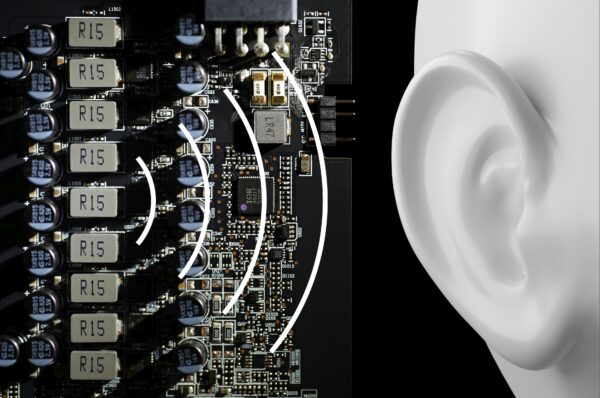
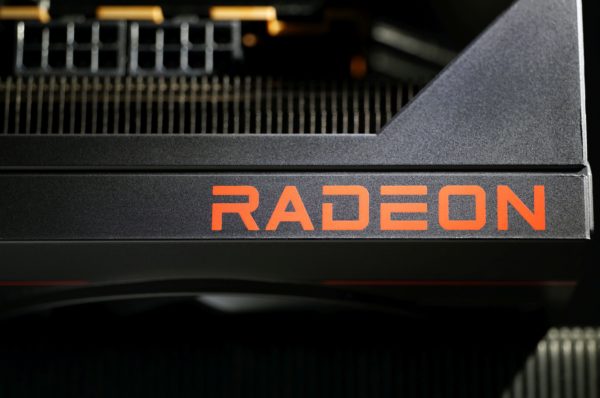
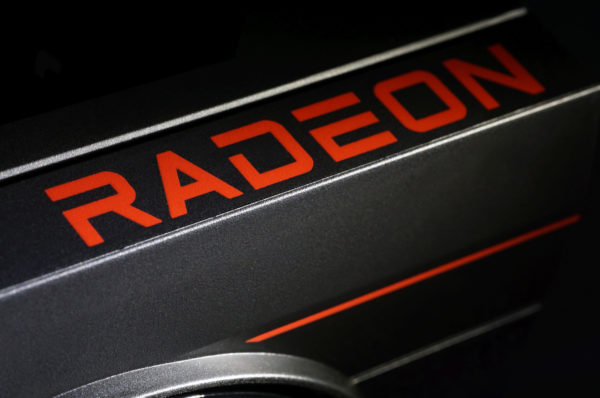
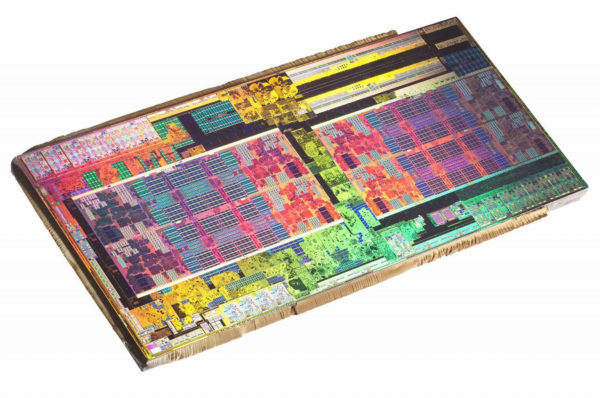
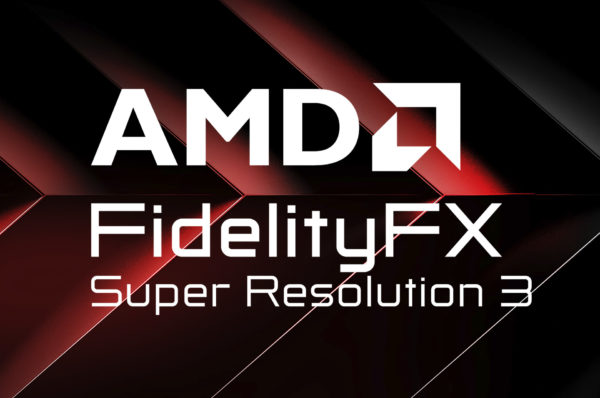
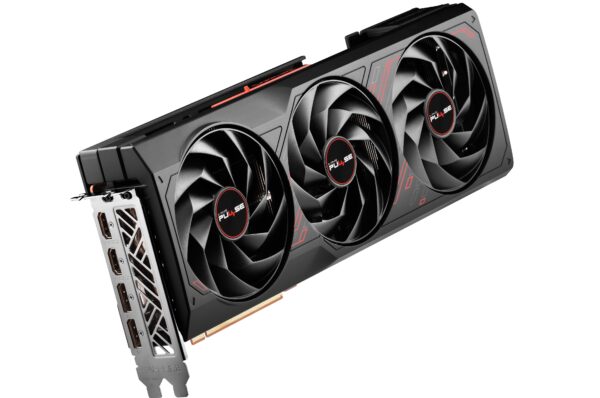
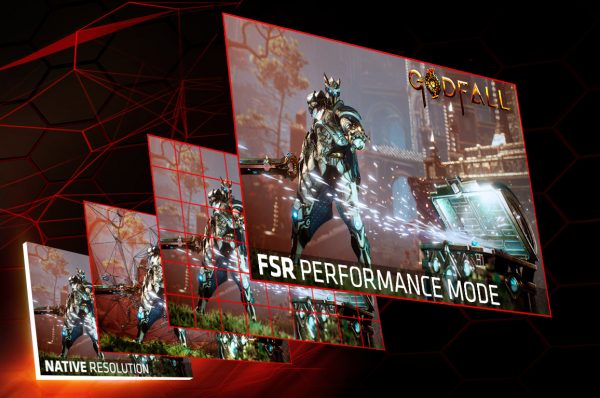
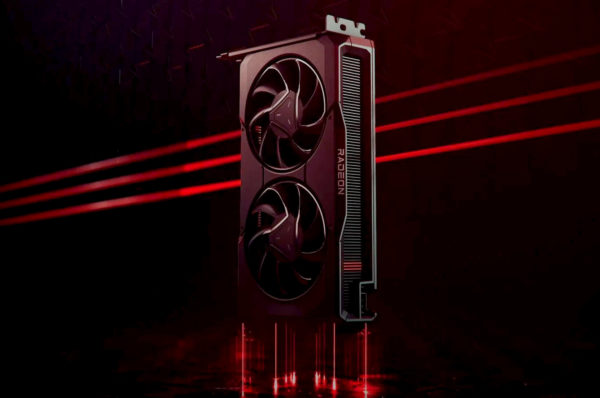
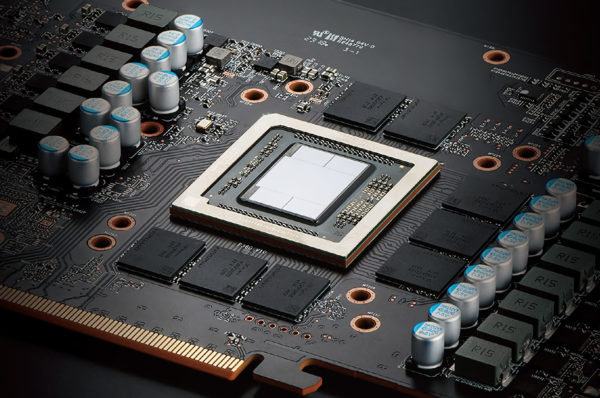



Latest comments